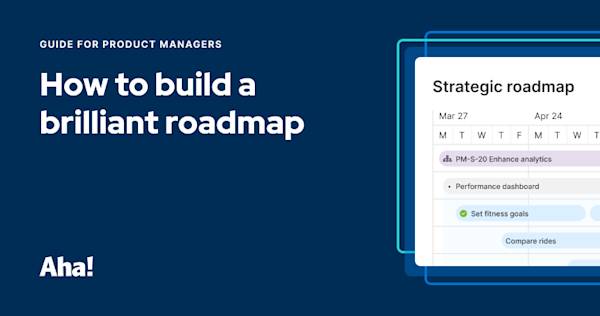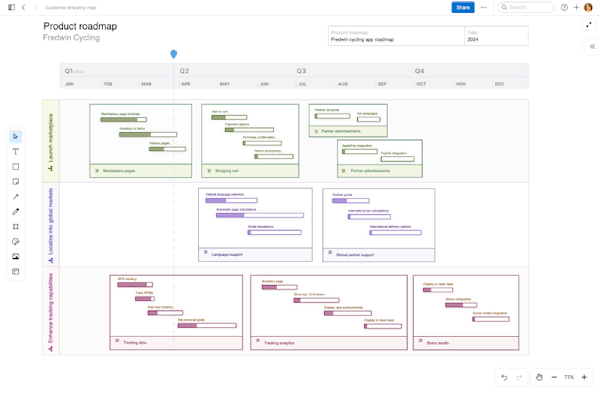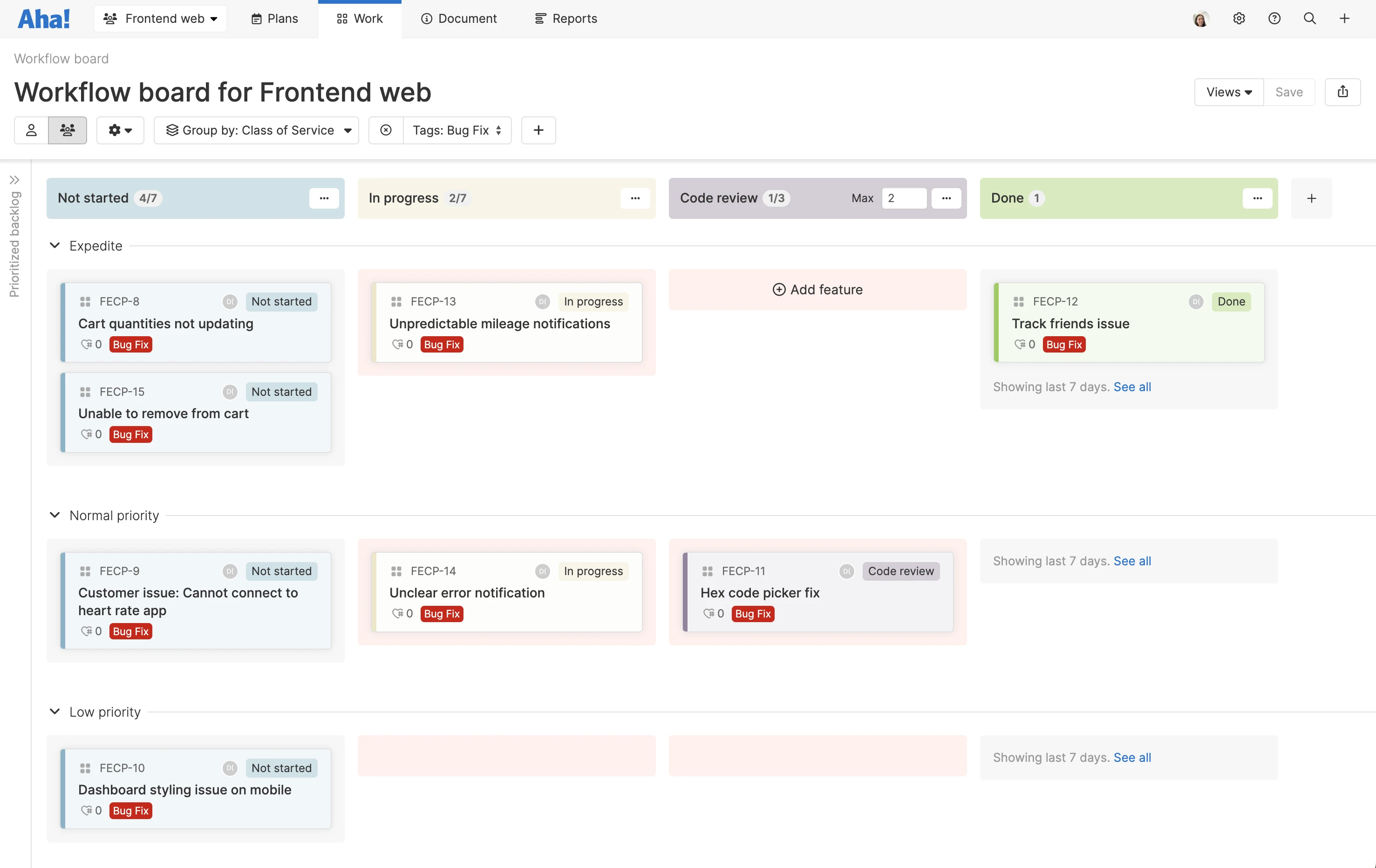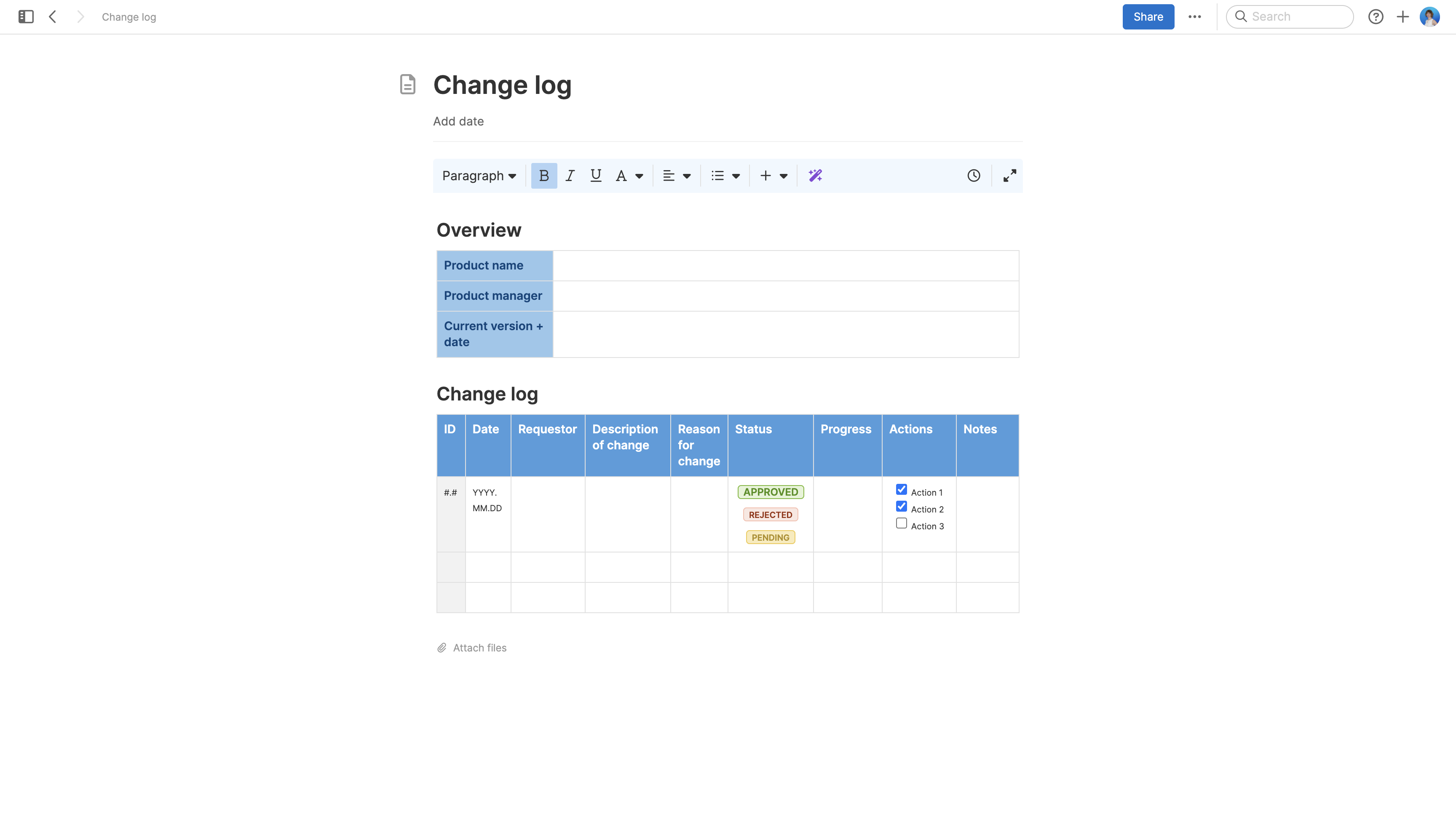Software development is dynamic and collaborative work. Changing one part of the code often impacts how other parts of the software function — which is why bugs, issues, and defects tend to multiply over time. An issue-tracking system provides teams with a framework for managing and organizing the development work that must be done to improve the product and address customer needs.
Using a strong issue-tracking system allows you to capture, organize, manage, and fix issues from discovery to resolution. Even though developers usually log issues related to technical debt and refactoring, folks from product management, QA, or support typically log bugs. Product managers usually push work related to the product roadmap over to the engineering team's issue tracker as well.
Here are some of the main benefits for agile development teams that use an issue-tracking system:
Alignment
Collaboration
Efficiency
Transparency
Visibility
In short, fixing bugs quickly and addressing customer feedback make for a better product and user experience. This can lead to greater customer trust and loyalty. When users are not frustrated by error messages and broken links, they can actually enjoy the entire experience of using your product.
Related:
Top
The features you need will depend on how your company and development team operate (for example, which agile methodologies or product development framework you use and how the team collaborates). Most companies opt for a cloud-based tool that updates in real time and includes a comprehensive view of all the present and future bugs you need to fix. The ability to search for a specific issue, escalate it based on shifting priorities, link related issues, and track the time until resolution are also popular functionality for issue trackers.
No matter what your specific situation is, you will likely benefit from using an issue-tracking tool that contains the following features:
Feature | Benefit |
Automation | By assigning automation rules within the issue tracker, you save time and cut down on manual or repetitive tasks in your workflows. |
Centralization | A single view of all the issues — whether reported by customers or discovered by internal teams — is vital for knowing what you need to fix. |
Customization | Issues are not very useful without accompanying details. Look for an issue-tracking system that lets you add information such as status, tags, and comments to each issue. You will likely also want the ability to customize workflows, assign tasks, and filter data. |
Integrations | Software development happens across multiple tools. Your issue tracker should be able to easily integrate with the third-party development, customer service, or communication apps your company already uses. |
Prioritization | The team should be able to quickly identify issues that are in progress, completed, or coming next. Your issue tracker should make it obvious which issues are most urgent and which can wait for the next sprint. You will also want the ability to track estimated time against team capacity so you can better plan your sprints. |
Reporting | You are constantly improving your processes, and your issue-tracking tool should help you accomplish this. Find an issue tracker that makes it easy to create dashboards and reports. This will allow you to better measure your efficiency and improve your output going forward. |
These features are a great starting point. The problem, however, is that issue-tracking tools that include all the functionality above are often cumbersome to use. Many development teams find it challenging to balance competing needs when different types of work are lumped together in a single stream. For example, if product work dominates the list, defects tend to pile up — resulting in product quality issues. Or if your list of issues focuses on maintenance, new features languish and the team might not meet product goals.
When there are a large number of product issues, it can mean that tickets get overlooked, forgotten, or unintentionally duplicated. And developers using overly complex issue trackers run the risk of alienating their cross-functional colleagues. For instance, executives and business operations folks might be reticent to go into the issue tracker to try to understand the status of ongoing development work.
You need a purpose-built tool that is visible to everyone and facilitates close collaboration. This is why development teams benefit from using a tool like Aha! Develop. You can include everything you need in a single streamlined app that is easily accessible and understandable to everyone.





